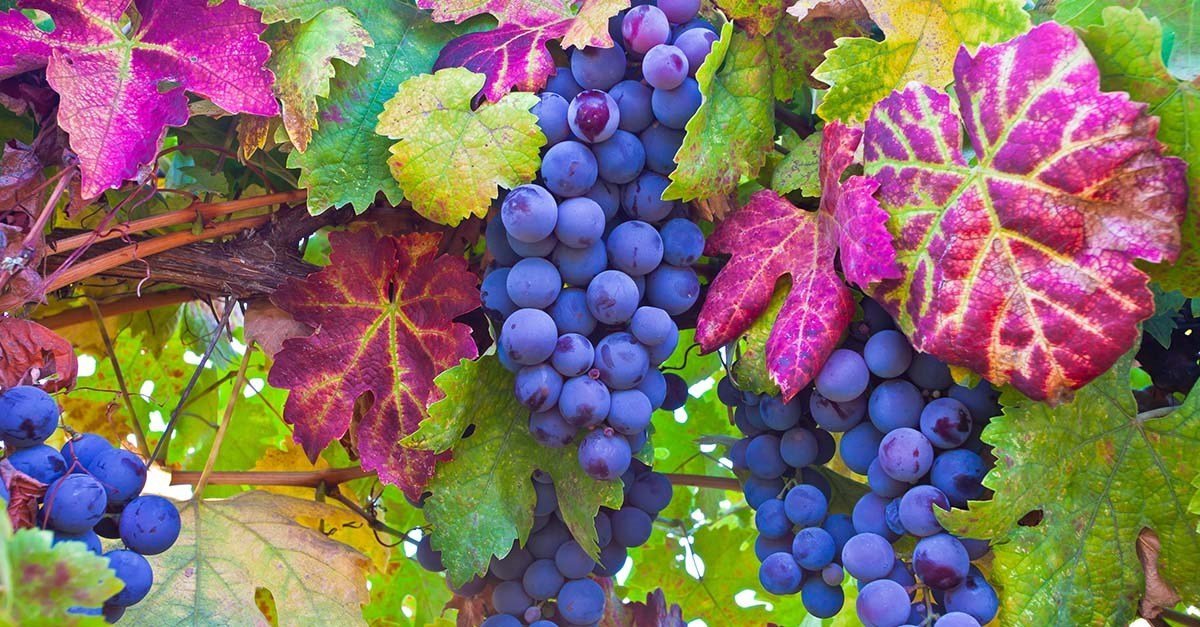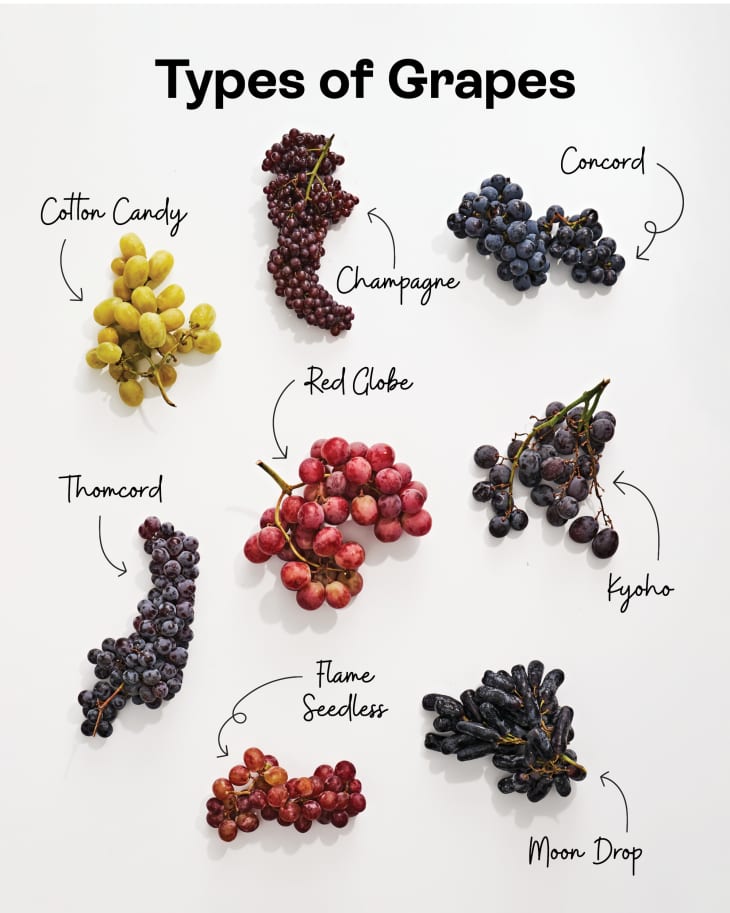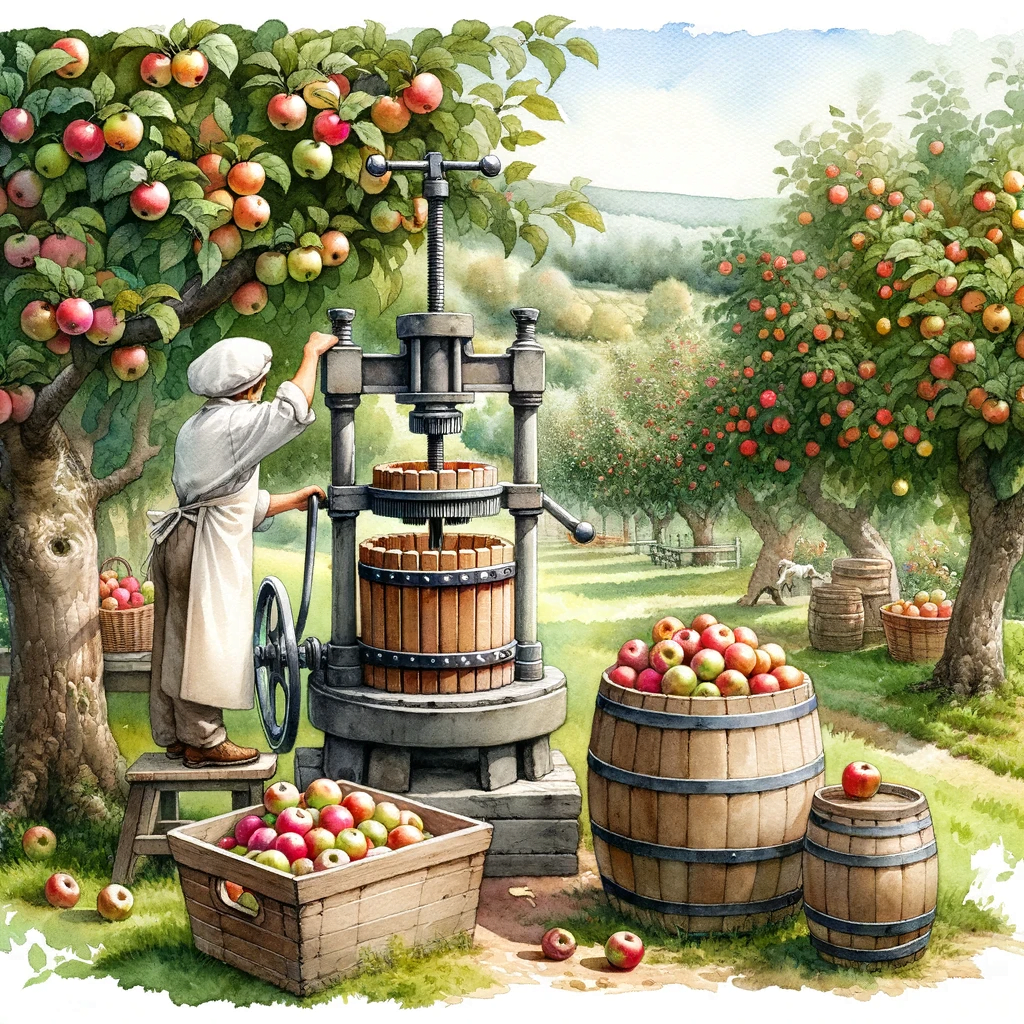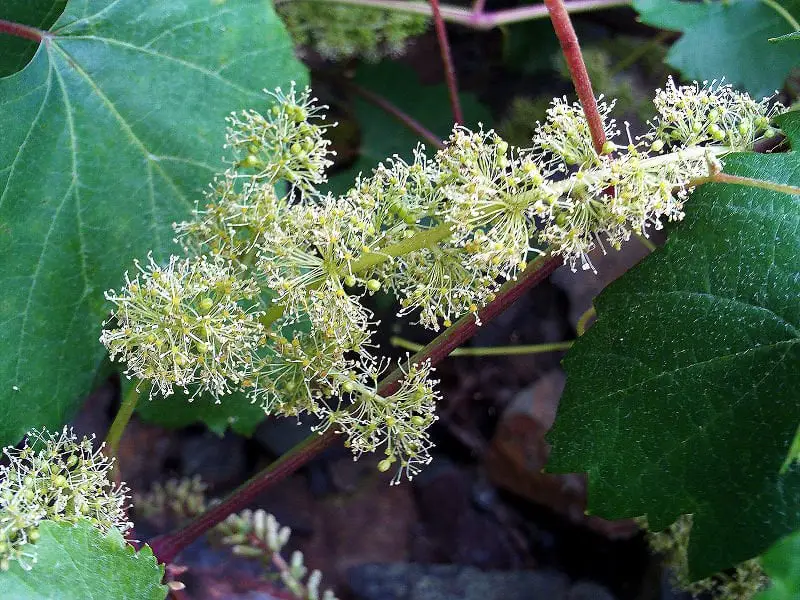Have you ever wondered about the vibrant colors of grapes? These delicious fruits come in various shades, ranging from deep purple to bright green. In this article, we will explore the fascinating world of grape colors, uncovering the reasons behind their diversity and discovering the hidden meanings behind each hue. Get ready to delve into the enchanting realm of grape colors and unravel the secrets they hold.

The Colors of Grapes
Grapes come in a variety of colors, each with its distinct appearance, characteristics, and flavors. From the classic deep hue of black grapes to the vibrant shades of red, green, and purple, and the more unconventional colors like yellow, white, blue, pink, bronze, and amber, grapes dazzle us with their diverse palette. In this article, we will explore each color of grapes, delve into their unique traits, discover different types within each color family, and learn about the cultivation and various uses of these delightful fruits.
Black Grapes
Appearance and Characteristics
Black grapes, as the name suggests, possess a dark and rich color that ranges from deep purple to nearly black. Their skin is rather thick, offering a satisfying juicy burst when bitten into. The flesh of black grapes is succulent and sweet, with a slightly tart undertone. These grapes are known for their intense flavor profile.
Types of Black Grapes
There are several popular varieties of black grapes, including the widely enjoyed cultivars like the Concord, Black Pearl, and Ribier. The Concord grape is a well-known American grape variety that boasts a bold flavor and is commonly used for making grape juice, jams, and jellies. Black Pearl grapes are small and firm with an exquisite sweetness, making them perfect for snacking. The Ribier grape, on the other hand, is a large and juicy variety, often used for wine production.
Cultivation and Uses
Black grapes are cultivated in various regions around the world, with notable production taking place in countries like Italy, Spain, and the United States. They thrive in temperate climates and are harvested during the late summer and early fall months. Aside from being delightful as a fresh and healthy snack, black grapes are often used to make wines, juices, raisins, and even as a flavorful addition in salads or desserts.
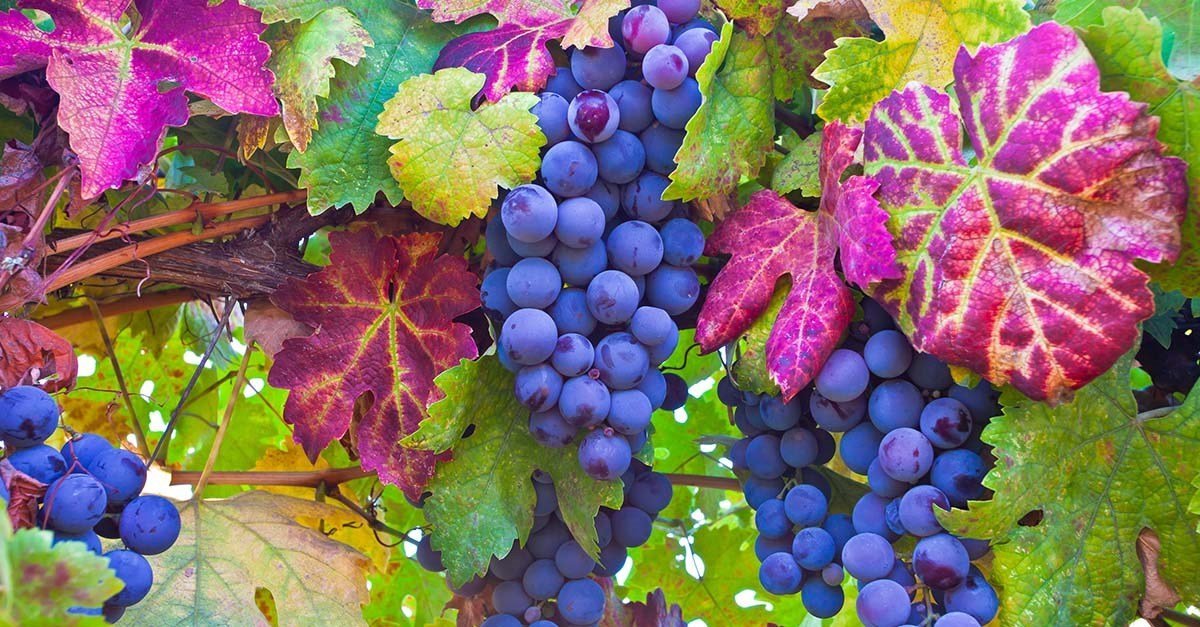
Red Grapes
Appearance and Characteristics
Red grapes, with their stunning ruby hue, are a sight to behold. They exhibit a vibrant and glossy skin that offers a burst of juicy sweetness. The flesh of red grapes ranges from firm to soft, depending on the variety, and they have a delightful blend of sweetness and acidity.
Types of Red Grapes
Popular red grape varieties include the Crimson Seedless, Flame Seedless, and Ruby Seedless. The Crimson Seedless is a popular table grape known for its crunchy texture and mild sweetness. Flame Seedless, on the other hand, are slightly larger and possess a vibrant red color, making them visually appealing. The Ruby Seedless grape is another widely enjoyed variety, boasting a balanced sweetness and a crisp texture.
Cultivation and Uses
Red grapes are grown in various regions across the globe, including the Mediterranean countries, the United States, and Australia. They thrive in warm climates and are cultivated in vineyards, where careful attention is given to maintaining their quality. Red grapes are fantastic for snacking, using in salads or as a garnish, and they are commonly used for making red wines, grape juice, jams, and jellies.
Green Grapes
Appearance and Characteristics
Green grapes, also known as white or yellow grapes, present a lovely pale green color that ranges from a vibrant lime shade to a soft golden hue. They have a relatively thin skin and a juicy, refreshing flesh. Green grapes are known for their delightful sweetness, balanced by a slight tangy flavor.
Types of Green Grapes
Some popular varieties of green grapes include the Thompson Seedless, Muscat, and Perlette. The Thompson Seedless grape, also called the Sultana, is a smaller grape with a thin skin and a crisp texture. The Muscat grape, on the other hand, is known for its distinct aromatic qualities and is often used for producing sweet wines and delicious raisins. The Perlette grape is a versatile variety, suitable for both eating fresh and for producing white wines.
Cultivation and Uses
Green grapes are cultivated in numerous regions worldwide, including countries like Italy, Greece, and the United States. They thrive in warm climates and require ample sunlight to achieve their optimal sweetness. Green grapes are perfect for snacking, adding a refreshing touch to fruit salads, and are often used for winemaking. They are also commonly made into raisins and used in various culinary dishes.
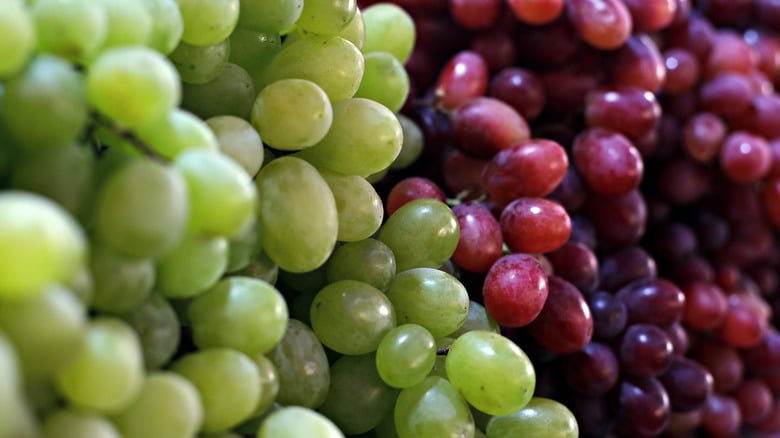
Purple Grapes
Appearance and Characteristics
Purple grapes, with their luscious deep purple color, exude elegance and charm. They have a thick skin that provides a satisfying crunch when bitten into. The flesh of purple grapes is succulent and sweet, with a rich flavor profile and a hint of acidity.
Types of Purple Grapes
Some popular purple grape varieties include the Red Globe, Emperor, and Petite Sirah. The Red Globe grape is known for its large size, crisp texture, and robust sweetness, making it an ideal choice for fresh eating. Emperor grapes have a deep, intense purple color and a delightful balance of sweetness and tartness. The Petite Sirah grape, mainly used for winemaking, is famous for its dark color and flavor contributions to red wines.
Cultivation and Uses
Purple grapes are grown in a multitude of regions globally, including the Mediterranean, South America, and California. They thrive in a warm climate with well-drained soil. Purple grapes are perfect for enjoying fresh, making into jams and jellies, using in baked goods, and can be used to produce a range of wines, including some renowned red varieties.
Yellow Grapes
Appearance and Characteristics
Yellow grapes, with their vibrant golden hue, exude a sense of sunshine and happiness. They have a thin and delicate skin, which contrasts beautifully with the juicy and tender flesh within. Yellow grapes are notable for their exquisite sweetness, often with a hint of floral or tropical notes.
Types of Yellow Grapes
Popular varieties of yellow grapes include the Perlette, Flame Seedless, and Muscat of Alexandria. The Perlette grape, also grown in the green grape category, exhibits a lovely yellowish-green color when fully ripe. The Flame Seedless grape, as mentioned among the red varieties, has a vibrant golden color, offering a visually delightful experience. The Muscat of Alexandria grape, embraced for its aromatic qualities, displays a stunning golden hue and is often used for making sweet wines.
Cultivation and Uses
Yellow grapes are cultivated worldwide, flourishing in regions with warm and sunny climates. They are often enjoyed as a refreshing and healthy snack, added to fruit salads for a burst of vibrant color and sweetness, and can be used to produce wines with delicate flavors. Additionally, yellow grapes are commonly turned into raisins or used in various culinary creations.

White Grapes
Appearance and Characteristics
White grapes, with their pale green to golden yellow color, bring a sense of elegance and purity to the table. They possess a thin, translucent skin and a tender and juicy flesh. White grapes are known for their delightful sweetness, often accompanied by subtle floral or citrus notes.
Types of White Grapes
Popular varieties of white grapes include the Chardonnay, Riesling, and Chenin Blanc. While these grapes are primarily recognized for their contribution to winemaking, they are also enjoyed as fresh fruit. Chardonnay grapes are esteemed for their versatility, used to produce dry and crisp white wines. Riesling grapes offer a delightful balance between sweetness and acidity, creating wines of varying styles, from bone-dry to lusciously sweet. Chenin Blanc grapes, originating from the Loire Valley in France, are versatile grapes often used for making dry, off-dry, sparkling, and dessert wines.
Cultivation and Uses
White grapes are cultivated in numerous regions worldwide, including countries like France, Germany, and the United States. They require a temperate climate and are carefully tended in vineyards to ensure their quality. White grapes are perfect for enjoying fresh, adding a bright touch to salads, and making into refreshing juices. They are also the foundation for a wide range of white wines, each offering unique flavors and characteristics.
Blue Grapes
Appearance and Characteristics
Blue grapes, with their intense blue-purple color, captivate the eye and awaken the taste buds. They have a thick and resilient skin that provides a satisfying snap when bitten into. The flesh of blue grapes is juicy and succulent, with a balance of sweetness and tanginess.
Types of Blue Grapes
Popular blue grape varieties include the Blue Sultana, Kyoho, and Koshu. The Blue Sultana grape, also known as the Blue Thompson Seedless, is a smaller grape with a deep blue color and a sweet taste. Kyoho grapes, originating from Japan, are renowned for their large size and bold sweetness, often used for eating fresh or as table grapes. Koshu grapes, indigenous to Japan, are traditionally used for making white wines with delicate floral and mineral aromas.
Cultivation and Uses
Blue grapes are cultivated in various regions worldwide, including the United States, Japan, and Spain. They thrive in warm climates and are carefully tended to in vineyards to maintain their exceptional quality. Blue grapes are delightful for snacking, adding a burst of color to fruit salads, and using in jams and jellies. Additionally, they are used for producing red wines, grape juice, and even raisins.
Pink Grapes
Appearance and Characteristics
Pink grapes, with their mild and delicate tones, radiate a sense of calm and tranquility. They exhibit a lovely pinkish hue, ranging from pale pink to deeper blush shades. The skin of pink grapes is thin, while the flesh boasts a pleasant juiciness and a delightful sweetness.
Types of Pink Grapes
Some popular pink grape varieties include the Himrod, Italia, and Ayutthaya Pink. The Himrod grape, a cross between the Thompson Seedless and the American Muscat, is known for its pale pink color and a sweet, honey-like taste. Italia grapes are pale green with a pink blush, and they offer a unique flavor profile that resembles both Muscat grapes and roses. Ayutthaya Pink grapes, originating from Thailand, are small, crisp, and perfectly sweet, making them perfect for a refreshing snack.
Cultivation and Uses
Pink grapes are cultivated in various regions worldwide, including Italy, Spain, and Thailand. They require a warm and sunny climate to thrive, and careful cultivation practices are employed to ensure their quality. Pink grapes are delightful when enjoyed fresh, used in fruit salads for an added touch of color, and can be used to make wines, juices, and even dried as raisins.
Amber Grapes
Appearance and Characteristics
Amber grapes, with their unique golden-brown color, exude warmth and richness. They possess a thick and slightly textured skin, encasing a juicy and flavorful flesh. Amber grapes offer a delightful sweetness with a gentle complexity.
Types of Amber Grapes
There are a few noteworthy varieties of amber grapes, including the Centennial, Himrod, and Golden Muscat. The Centennial grape features a beautiful golden-brown hue and a pleasant honey-like taste. Himrod grapes, previously mentioned among the pink grapes, can display an amber coloring, offering a delightful sweetness. The Golden Muscat grape, often associated with aromatic white wines, has a golden amber hue and a rich, fruity flavor.
Cultivation and Uses
Amber grapes are cultivated in various regions globally, including countries like the United States, Italy, and Germany. They require a warm and sunny climate to ripen and are tended to with care to ensure optimal sweetness. Amber grapes can be enjoyed fresh as a flavorful snack, used for making unique wines, or turned into raisins for a deliciously sweet treat.
In conclusion, the colors of grapes are as diverse as their flavors and uses. Whether you prefer the rich and bold taste of black grapes, the vibrant sweetness of red or green grapes, the elegant and delightful flavors of purple, yellow, or white grapes, or the distinctive characteristics of blue, pink, bronze, or amber grapes, there is a grape to suit every preference. So next time you find yourself enjoying a delicious bunch of grapes, savor the wonderful variety of colors and flavors nature has to offer.
